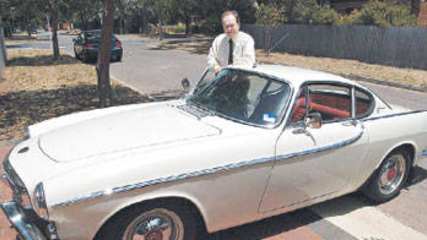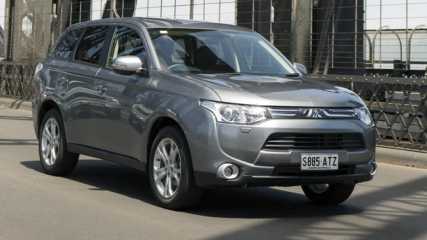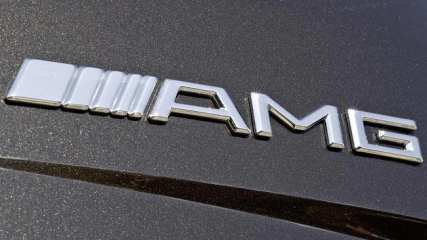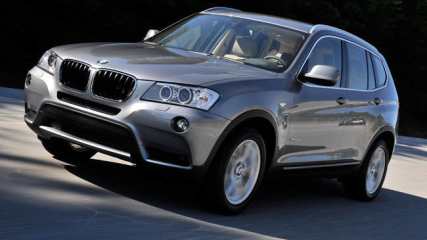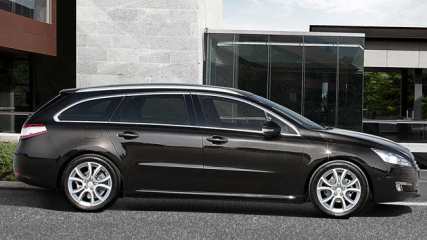Holiday road trips
By Stuart Innes · 04 Mar 2019
The long summer holiday season starts this month and many reasons can be found for stepping to the garage or carport to start the big trip instead of heading to the airport.You have great flexibility of destinations with a car, on the drive you get to see the real Australia, being able to stop and explore at little towns or attractions which you don't do above cloud at 36,000ft and when you arrive you have your own car to use for local exploring.Modern cars are airconditioned, have good brakes, tyres, engine cooling and cruise comfortably. Some even have DVD screens in the back so the tin lids can watch movies or play games.BUT any car should be checked before it hits the highway for the Big Trip. It's a trap to pile luggage and family into the family car that's done service all year as a runabout and expect it to to do the long, hot trip heavily laden. Heat will find any weakness, so the car must be checked if not serviced before leaving.Tyres must be in good nick. Pump up the tyres to pressures for high speed and heavy load (see the placard on the car) and the spare wheel. (Oh the joy of getting a puncture, pulling out all your luggage on to the side of the road in 40C heat only to find the spare is down, too).If the brake fluid has not been changed in the past few years, get it changed or you risk brake failure on long downhill runs.If the wheel alignment or balance is dodgy, get those attended to. Check the condition (and level) of the engine coolant and radiator hoses. For top-ups, carry a small bottle of the appropriate coolant for your car (but keep it out of reach of young kids because it can look like soft drink).Top up windscreen washer fluids, check and clean wiper blades and properly clean the inside of the windscreen to reduce glare when looking into early or late sun.If luggage space is tight compared with the number of people travelling in the car, the captain of the ship must make clear any luggage limitations well ahead. Have a practice run to find which suitcases and bags fit best in the boot or wagon so you know how to stack them on the day.Some cars have self-levelling suspension. Others can sag at the back when heavily laden and headlight aim might have to be adjusted for night driving.If travelling with younger kids, have ready some games or activities for them to more happily pass the time.If music is to be played in-car, have a mature discussion about what type and what volume so no person on board is disaffected.If having an early morning departure, pack the car the night before if it's secure. The driver doesn't want to start the trip with a crook back, grumpy from being delayed and sweaty.Take plenty of spare drinking water in case of breakdown. And carry bottled water or drinks and some munchies in the car to have while on the go.If bugs (such as locusts) are likely to be encountered, consider fitting flywire mesh over the grille and air intakes (fitting the mesh behind the front numberplate is a good way of securing it). But keep an eye on engine temperatures as such mesh can stop a lot of cooling air getting in.Carry a chamois or other means of cleaning windscreens and lights.Have suitable maps. The driver and chief navigator should study the maps and route first so they know what signs to look for when en route.On the road, have a break every few hours for a stretch and drink. But plan stops for efficiency: toilet breaks, having or replenishing food and drinks and refuelling the car can all be done at the one stop.Don't attempt too much distance in one day. Holiday season (extra traffic, caravans) makes the trip slower and travel times longer so be conservative when calculating where to stop overnight. Because it's holiday time book ahead. You don't want to arrive somewhere just about wrung out to find the only motel room is another 100km down the road into the sunset.If the car does not have daytime running lights, think about having headlights switched on in the day, especially if you are in a dull or dark colour car with the sun behind you. You do want other drivers to know you are there.If it suits, refuel first thing each morning (the fuel is cooler, therefore more dense and you'll get more for your money and effectively more into the tank). Check tyre pressures then before the tyres heat.Above all, drive safely. You've got your most precious cargo on board.IDEAL CAROn our latest family holiday long-distance road trip we took the Subaru Forester with diesel engine. It was ideal for the four adults with luggage.It easily stroked along at 110km/h just 2050rpm in sixth gear. This latest Forester has fair room for rear seat passengers, so no complaint about legroom from them, and headroom is generous, too.Seats are comfortable yet supportive, which helps handle the long hours inside. It's important if at the wheel for a long time that the driver is well positioned: the Forester allows this with adjustable height seat, adjustable reach and height steering wheel plus a left footrest.Forester has a full-size spare wheel so there's no need to creep along at low speed as when a space-saver is fitted after a puncture in the Bush. There's room around that spare wheel, under the cargo floor, for a few tools.Cargo space is fair. We benefitted by trying permutations of suitcases in advance . And it has tie-down hooks on the floor. It has a roll-out horizontal cargo blind for partial loads but we left it at home, covering everything with an old blanket which doubled as a picnic rug or tablecloth.For hours in the car you need drinks at hand and the Subaru Forester starred. Large bottles can be carried in the door pockets. And smaller ones in the centre console. Even the rear seat has a fold-out centre console with cupholders.The rear seat back has a slight recline facility for snoozers. And it has a three-point seatbelt in the centre rear should there be five on board.Forester has five-star ANCAP occupant protection rating and it has stability control. Being an SUV with all-wheel-drive and 21cm ground clearance, it is sure footed on wet roads and can take to a dirt track for visiting off-highway spots much better than a regular car of similar size. Only quibble is it's lack of engine temperature gauge.It has only a (six-speed) manual gearbox, but little gear changing is needed thanks to 350Nm of torque at 1800-2400rpm and 340Nm coming at just 1600rpm. Power is 108kW at 3600rpm.Forester diesel has self-levelling rear suspension to keep the stance level despite weight in the back. Cruise control is handy for the long hauls and its fog lamps can be useful.Official fuel consumption for Forester Diesel, from $35,990, is 6.4 litres/100km (and highway at 5.7). We averaged 6.6 litres/100km on a haul to Broken Hill and back, much of the time with a slight headwind and with aircon switched on for part of the trip.SUBARU FORESTER 2.0 DIESELPrice: from $35,990Engine: 2L/4-cylinder 108kW/350Nm turbodieselTransmission: 6-speed manualEconomy: 6.4L/100km (official)






